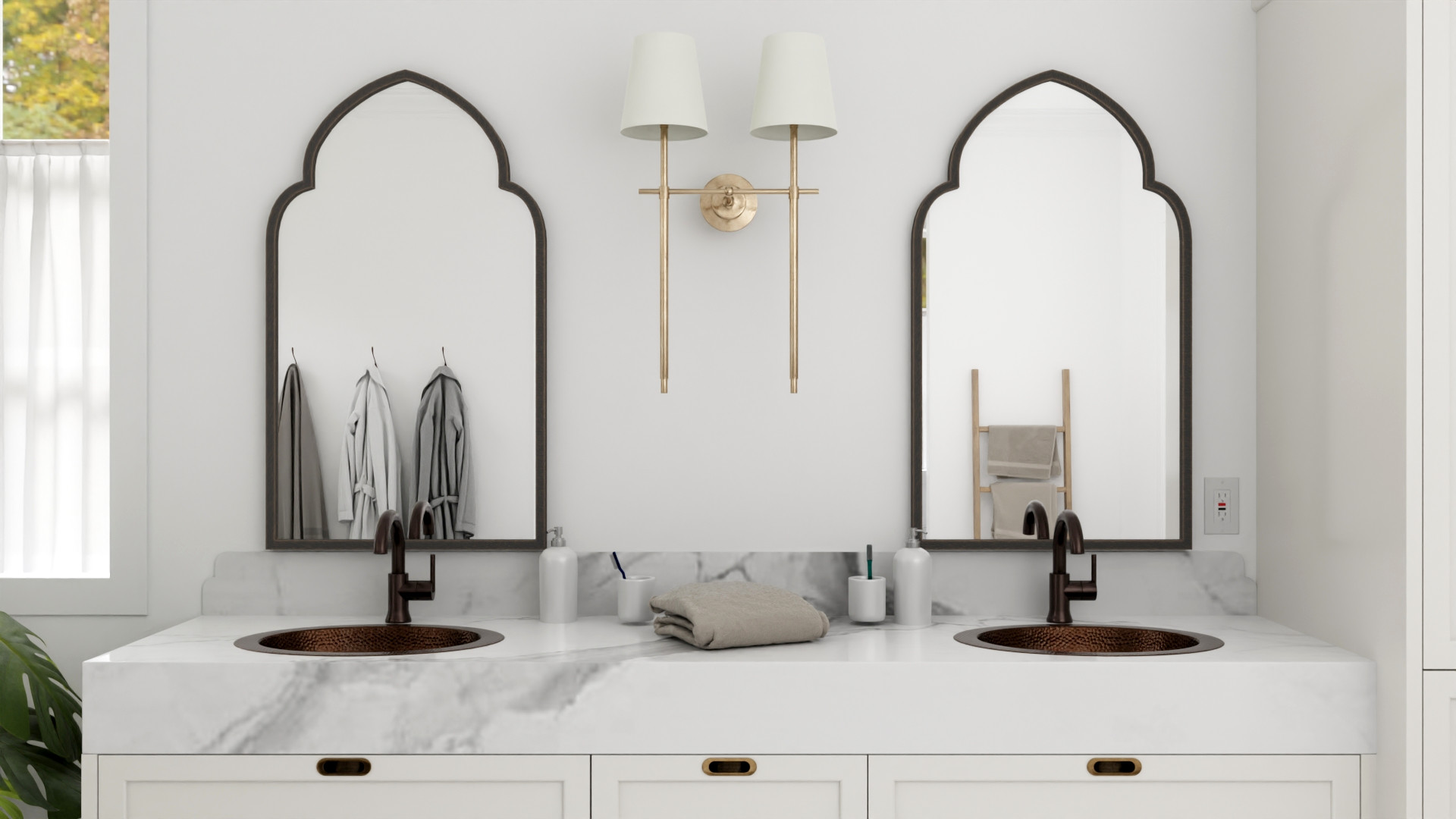
Transforming Home Projects with Virtual Interior Design
In the ever-evolving world of home renovation and interior design, staying ahead of the curve is essential. For builders and


In the ever-evolving world of home renovation and interior design, staying ahead of the curve is essential. For builders and

In the dynamic realm of home construction and renovation, the pursuit of excellence is paramount. As a dedicated builder or

Step into the world of budget-friendly interior decor where creativity meets financial constraints. Designing a room on a limited budget

There’s no doubt about it, a home renovation of any size can be stressful and bring huge amounts of considerations

We all want our guest to enjoy their stay when they come to visit us. Here’s some ways you

When you have a collection of art, it can seem daunting to group and arrange them in the best

The times have definitely changed regarding how we work and that doesn’t look like it’s going to change anytime soon.

Obviously, we are incredibly bias on this topic and our answer would be a resounding yes! Let us

Soothing Colours Create an atmosphere of calm with a colour pallet of soft neutrals such as light blue or green,